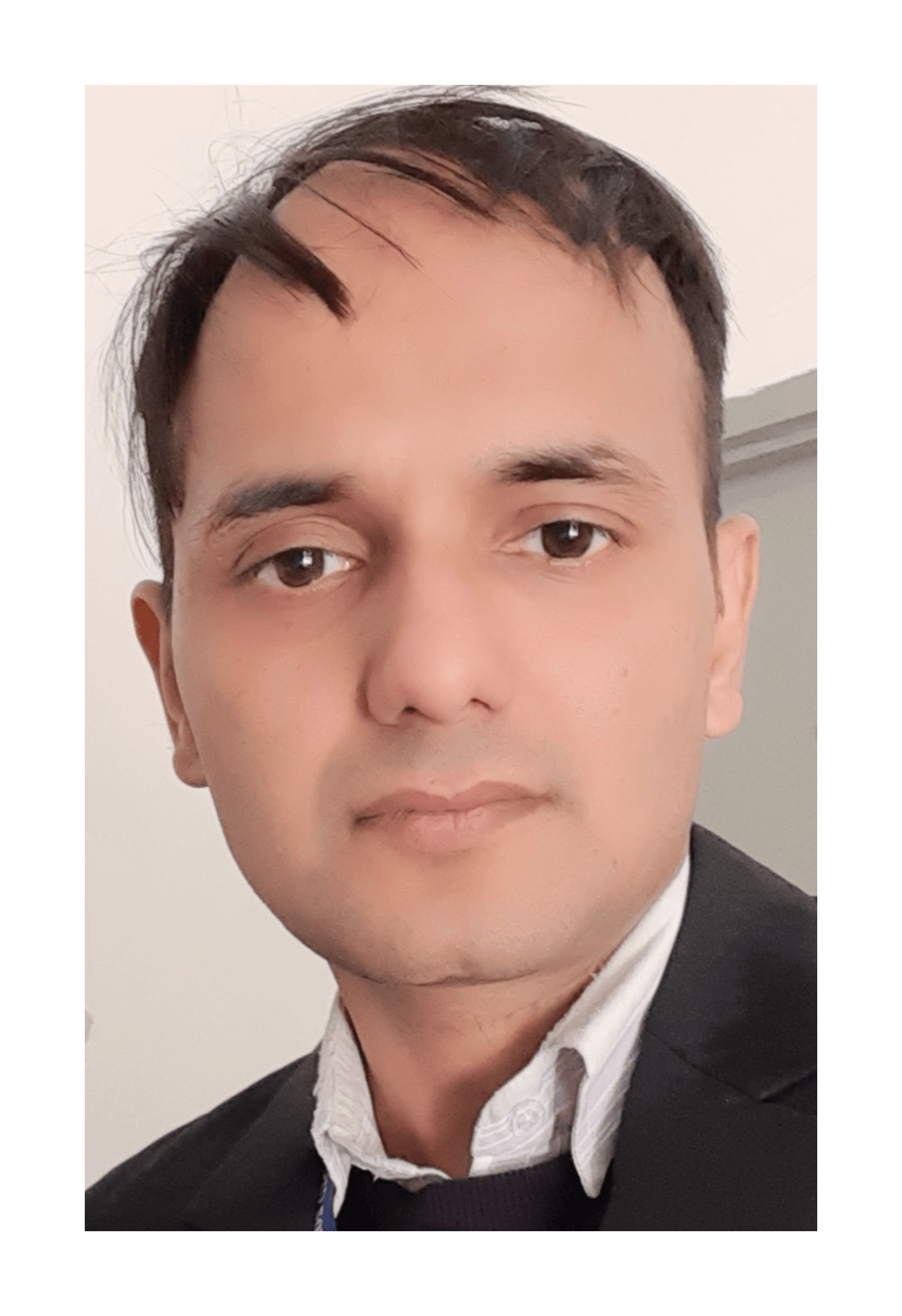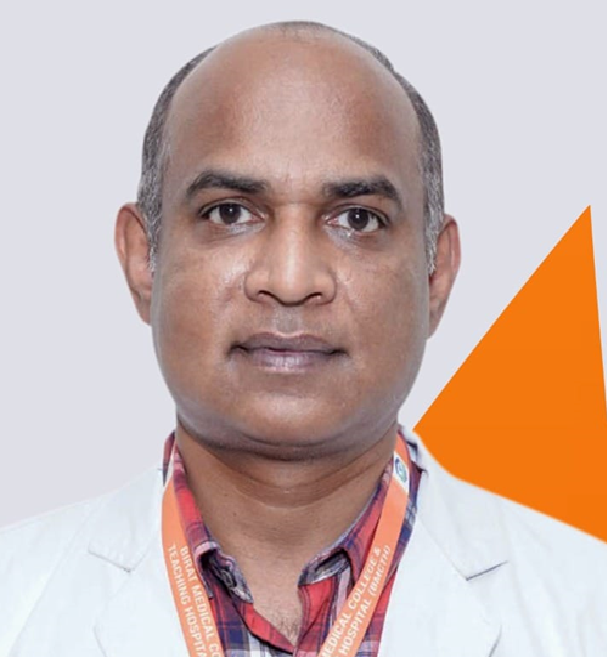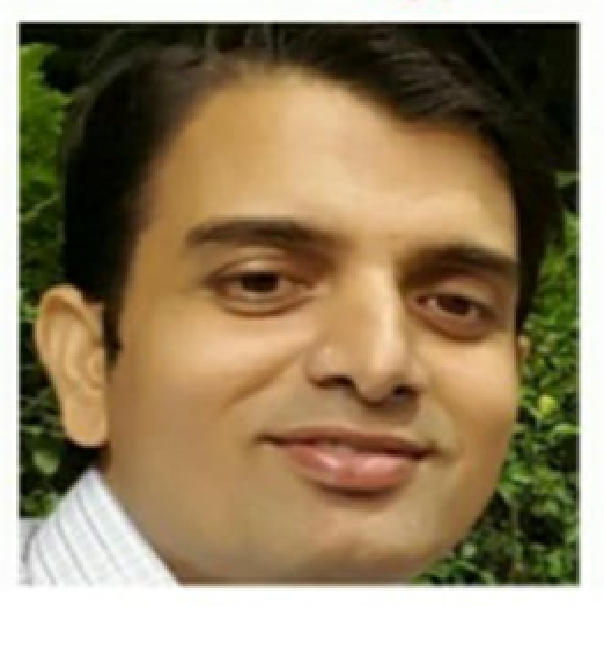Paediatric Allergy, Immunology and Rheumatology (PAIR) Chapter
Committee Members of (2023-25)

Dr. Dharmagat Bhattarai
Chair

Dr. Satish Yadav
Co-Chair

Dr. Deepak Gupta
Secretary

Dr. Anjali Bagaria Ghiraiya
Member
Introduction to PAIR:
It is with profound delight that we announce the formal establishment of the ‘Pediatric Allergy, Immunology, and Rheumatology’ (PAIR) chapter, which has already garnered substantial momentum. Immunology, in recent times, has emerged as a transformative cornerstone of both clinical and basic sciences on a global scale. The inclusion of a dedicated PAIR chapter within NEPAS signifies a pivotal advancement in the diagnostic and therapeutic landscape of Nepalese medicine.
The prevailing deficiencies in awareness, diagnostic capabilities, and therapeutic interventions have often led to delayed or inaccurate diagnoses, underdiagnoses, mismanagement, and suboptimal outcomes in conditions such as immunodeficiencies, immune dysregulation disorders, allergies, and pediatric rheumatic diseases. We firmly believe that establishing the PAIR chapter will herald a new era in pediatric medical academia, fostering advancements in evidence-based medicine and illuminating the path toward improved healthcare outcomes.
Main Domains:
-
- Pediatric Allergy
- Immunodeficiency
- Immune-dysregulation
- Angioedema
- Asthma
- Pediatric Rheumatology
- Childhood Immunization
Chapter Chairman’s message:
Clinical immunology remains a largely overlooked domain in resource-limited settings, where pediatric immunological and rheumatological diseases (PAIRDs) are frequently missed. These conditions are highly heterogeneous, multisystemic, and often obscure, with overlapping features that complicate diagnosis. Limited resources, insufficient awareness among clinicians and the public, and a low index of suspicion contribute to delayed or missed diagnoses, leading to poor outcomes.
PAIRDs encompass diverse conditions, including inborn errors of immunity (IEIs) such as primary immunodeficiencies, immune dysregulation disorders, allergies, angioedema, immune lymphoproliferative diseases, and secondary immunodeficiencies. Pediatric rheumatological disorders include chronic arthritis, connective tissue disorders, autoimmune diseases, vasculitides, autoinflammatory syndromes, and reactive musculoskeletal conditions. Although these diseases often present with seemingly isolated symptoms (e.g., pan-uveitis in Behçet’s disease, pyogenic arthritis in PAPA syndrome), focusing narrowly on organ-specific manifestations can lead to underdiagnosis e.g. allergy in ARPC1BD. Notably, arthritic presentations represent only a small fraction of PIRDs.
The field of IEIs is expanding, revealing increasingly complex presentations across all age groups, including adults. Despite being diagnosable and treatable, PAIRDs are often missed due to a lack of awareness and suspicion, compounded by limited diagnostic and therapeutic resources in Nepal. While recent advances and the emergence of subspecialists have improved diagnosis rates, a vast number of cases remain unrecognized, as reflected in the disproportionately low awareness among physicians (17%) and the public (2%).
PIRDs are not rare; they surround us. Clinicians, particularly pediatricians, must adopt a vigilant and lateral-thinking approach to uncover the hidden burden of these conditions. By improving awareness and prioritizing evidence-based care, we can transform outcomes and improve the lives of children with PAIRDs. Let us move beyond conventional thinking—”Think Zebra!”
– Dr. Dharmagat Bhattarai (MBBS, MD, DM, FISID)
Chapter Chairman’s message (In Nepali):
पछिल्ला केही दशकमा प्रविधिजस्तै चिकित्सा विज्ञानले पनि ठुलो फड्को मारेको छ I बालकको शरीर–रचना–क्रिया तथा जीवन–प्रक्रिया र त्यसमा आउने गम्भीर गडबडीलाई पनि बिस्तारै अब विज्ञानले सुक्ष्मरुपमा बुझ्न र हल गर्न सफल भैरहेकोछ I बालबालिकाका इम्युनोलोजिकल, इन्बर्न एरर अफ इम्युनिटी, तथा बाथजन्य रोग त झनै प्रभाव देखाउने गरी तीव्र विकास भैरहेको विधा हो I
विश्वव्यापी तथ्यांकअनुसार र्ह्युमाटोलोजिकल (बाथजन्य रोग)को उपस्थिति/प्रधानता वयस्कमा ९.८% देखि ३४% (F. Salaffi et al. Acta Biomed 2018; Vol. 89; DOI: 10.23750/abm.v89i4.7298) र बच्चामा ४% देखि १३.४% (Petty et al. Saunders Elsevier; 201८) सम्म हुने पाइएको छ I त्यस्तै इम्युनोलोजिकल (प्रतिरक्षा) रोगको कुरा गर्दा जन्मजात इम्युन–कमीका रोग हरेक आम हजारमा एक जनालाई हुने पाइएको छ भने इम्युन (प्रतिरक्षा) गडबडी/असन्तुलन एवं जन्मपश्चात् का इम्युन कमीको एकमुष्ट आम–बालबालिकामा उपस्थिति ०.०६% देखि ५% सम्म छ I यो भनेको भयङ्कर स्थिति हो I विकसित देशमा यो अंक बढी देखिनुमा त्यहाँ यसका विशिष्टीकृत विज्ञको पर्याप्त उपलब्धता, जाँच गर्दा रोगको गहिराइ सम्म पुग्ने चेत, जरैदेखि गरिने निदान, त्यसको उपचार र त्यसका लागि चाहिने उपकरण, मेशिन उपलब्धता आदि हुन् I विश्वका कयौं देश (विशेष गरी पिछडिएका एसियाली, अफ्रिकी मुलुक) मा यसको उपस्थिति प्रकाशित नहुनु चाँहि रोग नभएर होइन, रोग बारे सोच्ने चिकित्साकर्मी, उपकरण र संचेतना नभएर हो I
इम्युनोलोजी र र्ह्युमाटोलोजीको विकासको लागि सबभन्दा अहिले खड्केको कुरा भनेकै संचेतनाको कमी हो I यी नविन चिकित्सामा राज्य, त्यसका चिकित्सकहरु त सचेत छैनन् भने सर्वसाधारणलाई थाहा हुने कुरा टाढाको भो I यी विषय सबै सर्वसाधारणबीच र चिकित्सकबीच पुग्नु जरुरी छ I हाम्रो समाजमा एकातिर संचेतना छैन भने अर्कोतिर थेगेरै नसकिने भ्रम व्याप्त छन् I सही सही कुरा जनमानसमा पुर्याउन सके ठूलो हिस्सामा बिरामीहरु निदान भै उपचार पाउन सक्थे I
यस्ता दिर्घकालिन महत्व राख्ने र बालबालिकाको जीवन नै बचाइ नव–जीवन दिन सकिने यी चिकित्सापट्टि चासो दिनैपर्छ I संचेतनापछि मात्र आफैँ जँचाउन आउनेदेखि लिएर चिकित्सकबाट नै रेफर गरिने अवस्था बढी आउँछ I हामीकहाँ कयौं मृगौला, फोक्सो जस्ता अंग कामै गर्न नसक्ने अवस्थामा पुगेका बिरामीको ती अंगमा बाथ रोगको असर स्वरूप त्यस्तो भएको हुनसक्छ तर संचेतनाको कमीले गर्दा रोगीले बाथरोगपट्टि सोच्ने परामर्श लिने गरेका हुन्नन् I यिनको कुनै निर्दिष्ट अंग हुन्न किनभने यी रोगले शरीरका कुनैपनि अंगमा असर पार्न सक्छन् I एउटामात्र अंगमा असर गर्ने (जस्तै युभीआईटिस्) बाथरोग पनि हुने भएपनि धेरै जसो यी बहुआंगिक हुन्छन् I यी सबै तमाम कुराका संचेतना बढाउन व्यक्तिगत प्रयासले पुग्दैन I यसमा संकायगत, संस्थागत, र राज्यबाट प्रयास हुनुपर्छ I भर्खर खुलेको PAIR (NEPAS) समुह परिवर्तनको द्योतक त हो नै, वालचिकित्सानिम्ति एक कोशेढुंगा हो I
डा. धर्मागत भट्टराई ( एम.बि.बि.एस., एम.डी., डी.एम., एफ.ई.एस.आई.डी.)